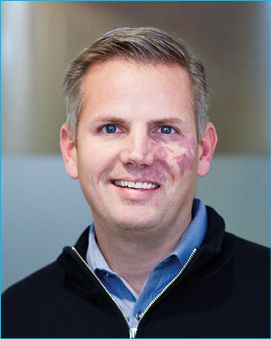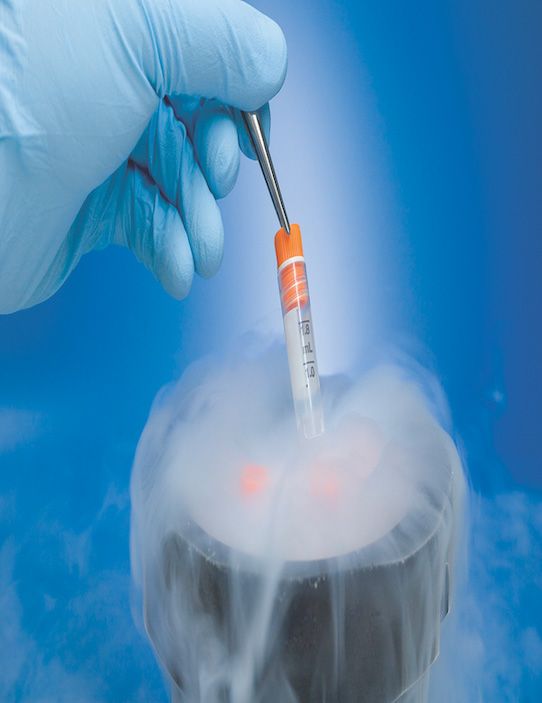Patient data saves lives
Jim Cushman, Veeva Systems

According to Veeva OpenData,
the life sciences industry has expanded its capacity to treat patients addicted to pain killers by 91%. However, treatment center coverage remains uneven in the hardest-hit rural communities where emergency services may be limited, treatment options sparse, and more people endure chronic pain from working in labor-intensive occupations. If life sciences companies were equipped with such up-to-date patient data, they could more closely match the rapidly evolving needs of patient communities and promote treatment options to healthcare professionals (HCPs) serving these deficient areas.
Project Lazarus (www.projectlazarus.org) is an example where data empowered organizations to swiftly redirect efforts to help thousands of patients recover from the misuse of opioids in an underserved area. The community of Wilkes County, NC in the foothills of the Appalachian Mountains has fewer than 70,000 residents, but the third-highest prescription opioid overdose rate in the nation. Project Lazarus encourages cross-sector collaboration, promotes public and provider education, and focuses on increasing access to treatment. Purdue Pharma, schooled in the patient data, invested in the program and helped cut the overdose rate in Wilkes County by 72% over three years.
A complete view of the patient
No single system can—nor should—maintain the universe of patient information as well as the patient’s relationships with doctors, specialists, current prescriptions, healthcare payer and plan. To get the most benefit from patient data, it must be made accessible in multiple systems. To do this, all data points must be ‘related’ to one another, which requires each patient to be assigned a unique identifier, but this process can become very complicated. Traditional approaches are not sufficient for today’s large quantities of multifaceted healthcare data.
Modern data management applications solve this problem by linking patient data across an organization’s IT landscape, which ensures data consistency among systems. This advanced technology relates all patient data so that when it changes, the change is reflected instantly across all systems. Unlike other types of data technology, MDM can also manage multiple data sources, structured and unstructured data, and inconsistently formatted data.
MDM also provides additional capabilities for data quality, data stewardship, survivorship rules, access rights and other data governance needs, and can centralize it all for consistency around the world. Queries aggregate data across multiple systems while cloud-based solutions capture data changes in real time to form a reliable, 360-degree view of patients. With this comprehensive view, life sciences companies can finely target their marketing, personalize care, and promote treatments where they are needed most.
Data governance
One global pharmaceutical company has initiated a pilot program to more fully leverage patient data to build closer relationships with them and their caregivers. However, with numerous entry points and channels, the data is too easily fragmented and ungoverned. The company is turning to MDM to match, link, cleanse, validate and standardize patient information and to accurately relate patients with their HCPs, insurance companies and products with the ultimate goal of improving patient care.
MDM is especially beneficial for long-term care patients like the growing population of baby boomers, oncology patients and opioid addicts. High-touch specialists who treat these chronic conditions can dramatically improve their quality of care knowing key information about patients, such as their primary care physician and specialists, hospital preference, other prescriptions, payer plan, and approved products on the payer’s formulary. And drug companies that share patient data with prescribers can engage in a more collaborative relationship with doctors and help them adjust treatment accordingly.
Additionally, as more patients start using wearable or injectable devices, valuable real-world adherence data (i.e., time of day a dose is taken, dosage amount, frequency) can also be shared and inform treating physicians. This could have powerful implications for patients taking ongoing medications, such as those with Type II diabetes. Life sciences companies that can effectively manage and provide this type of master patient data to HCPs in combination with treatment information foster rich partnerships with doctors in the battle against disease.
Save
